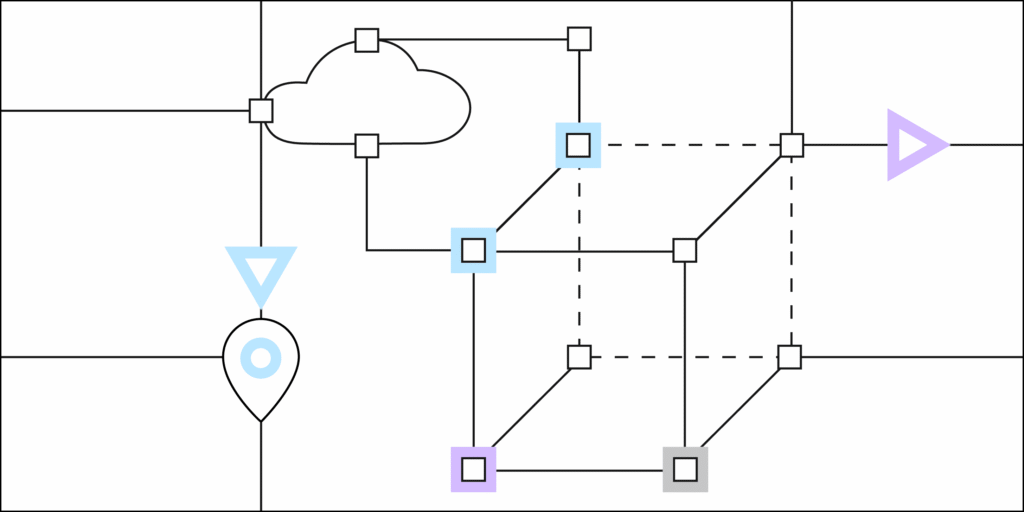Supply chain leaders are grappling with a landscape of increasing uncertainty, exacerbated by geopolitical risks and global trade tensions. A recent survey from the IBM Institute for Business Value highlights that 61% of procurement executives consider geopolitical risks their top concern, while 58% cite trade tensions. In such a volatile environment, it is evident that organizations require more than reactive measures; they need proactive intelligence to navigate disruptions with confidence and precision. This is where artificial intelligence (AI) comes into play, particularly in revolutionizing source-to-pay workflows.
The modern procurement landscape is undergoing a significant transformation, driven in large part by AI-powered automation. Organizations across sectors are harnessing AI to bring greater efficiency and agility to their source-to-pay workflows. Research indicates that a notable 60% of corporations have integrated AI for predictive analytics, while 56% employ it for accounts payable management, and 55% utilize AI for purchase order management. This early adoption signifies a pivotal shift; organizations are not merely investing in technology for the sake of it—they are expecting tangible returns in the near future. For instance, these pioneering firms project a 12% improvement in overall return on investment (ROI), alongside ambitious productivity gains of 20%, operational efficiency boosts of 14%, and an 11% enhancement in profitability over the next two years.
One critical advancement in this domain is the emergence of agentic AI, which symbolizes the next frontier in procurement intelligence. These sophisticated systems are designed to analyze multiple criteria in supplier selection, thereby enabling procurement professionals to identify optimal suppliers. More remarkably, agentic AI can anticipate supply chain disruptions before they occur, providing organizations with the foresight needed to implement preventive measures. Additionally, these systems can draft strategic contracts that are closely aligned with overarching business objectives. While AI efficiently processes data and handles routine operations, it simultaneously liberates procurement professionals to devote their time and expertise to relationship building and complex negotiations, areas where human judgment truly adds value.
As procurement leaders visualize the strategic benefits of their AI investments, they anticipate substantial improvements in various aspects of source-to-pay operations. For instance, Chief Procurement Officers (CPOs) project a remarkable 41% increase in efficiency within source-to-pay processes, a 49% boost in touchless invoice processing, a 36% improvement in compliance ratings, and a 43% enhancement in real-time spend visibility by 2027. This forward-looking perspective underscores the importance of integrating AI-driven workflows for optimizing daily operations.
To unlock these anticipated benefits, many procurement executives are increasingly exploring ecosystem partnerships. The majority of organizations indicate plans to strategically outsource key functions, with 88% focusing on predictive analytics, 77% on purchase order management, and 75% on streamlining accounts payable through external expertise. This strategic approach not only optimizes resources but also allows organizations to leverage specialized expertise that can accelerate the realization of AI benefits.
For small and medium-sized businesses (SMBs) looking to enhance efficiency and decision-making via AI integration, it is essential to start small while aiming for scalable solutions. Implementing pilot projects in specific areas, such as automating accounts payable or utilizing predictive analytics for inventory management, can yield quick returns. These initial successes can demonstrate the value of AI to stakeholders within the organization and pave the way for broader adoption. As organizations accumulate data and refine their AI models, they will be better positioned to leverage insights for strategic decision-making, improving overall productivity and operational agility.
Moreover, SMBs should consider the value of collaboration in their AI initiatives. Whether partnering with technology vendors or consulting firms specializing in procurement automation, organizations can tap into expertise that enhances the effectiveness of AI solutions. This collaborative approach not only provides access to advanced technologies and best practices but also facilitates knowledge sharing that can guide organizations in optimizing their workflows.
From an ROI perspective, the benefits of AI extend beyond immediate cost savings. Enhanced decision-making capabilities, driven by data and predictive insights, can lead to better strategic outcomes in sourcing, vendor management, and compliance. Over time, as efficiencies improve and operational pressures decrease, SMBs can experience a significant uplift in profitability and market competitiveness.
In conclusion, the future of procurement is undeniably strategic, data-driven, and AI-powered. By integrating AI-driven workflows and automation strategies into their daily operations, SMBs can convert current market volatility into a competitive advantage. In this ever-evolving landscape, the organizations that embrace these technologies will not only enhance their operational efficiencies but also position themselves for sustained growth and success.
FlowMind AI Insight: As SMB leaders increasingly adopt AI solutions, they unlock a pathway to operational excellence and strategic agility. By intelligently integrating automation into procurement processes, they pave the way for enhanced decision-making and long-term growth in a rapidly changing market.
Original article: Read here
2025-06-25 07:00:00

